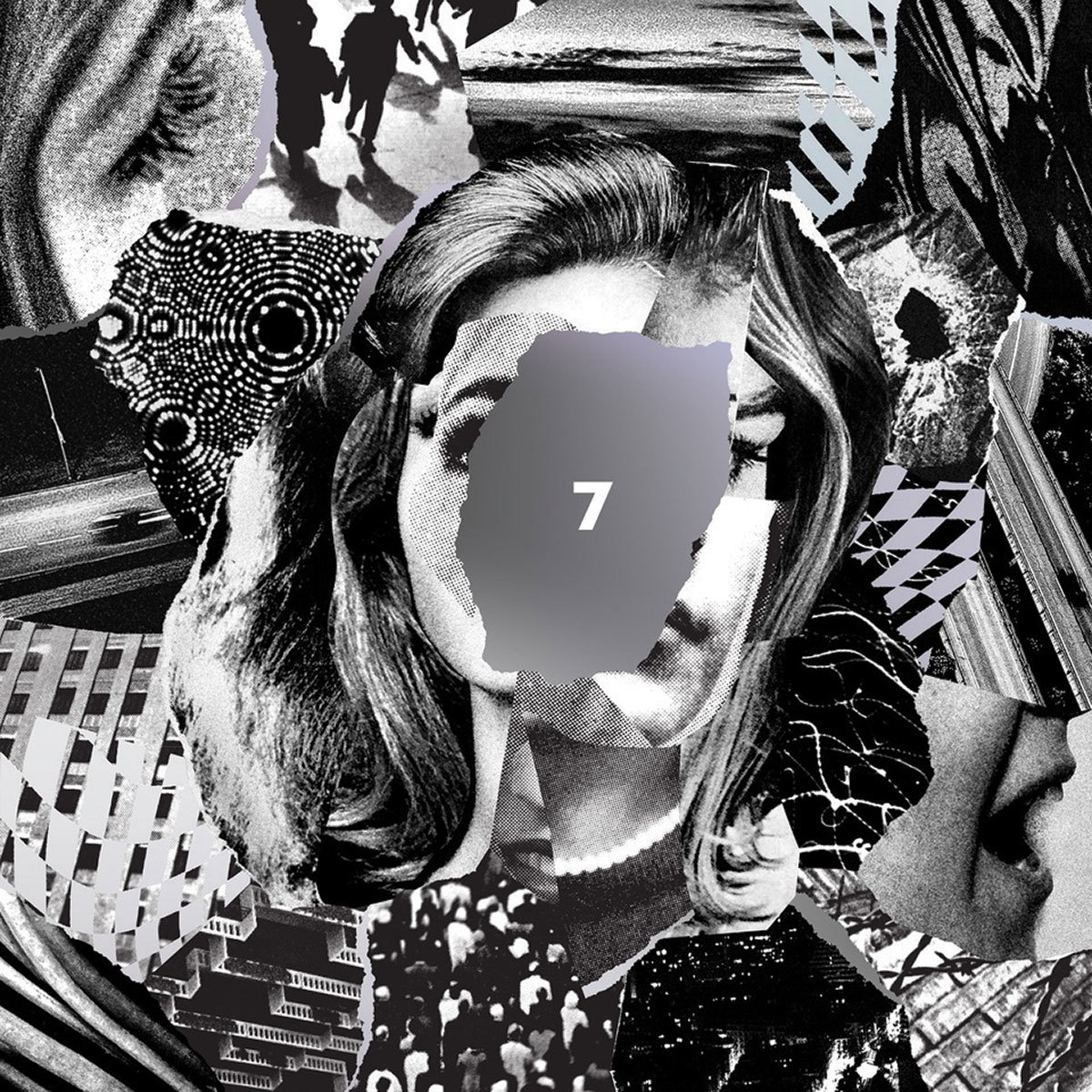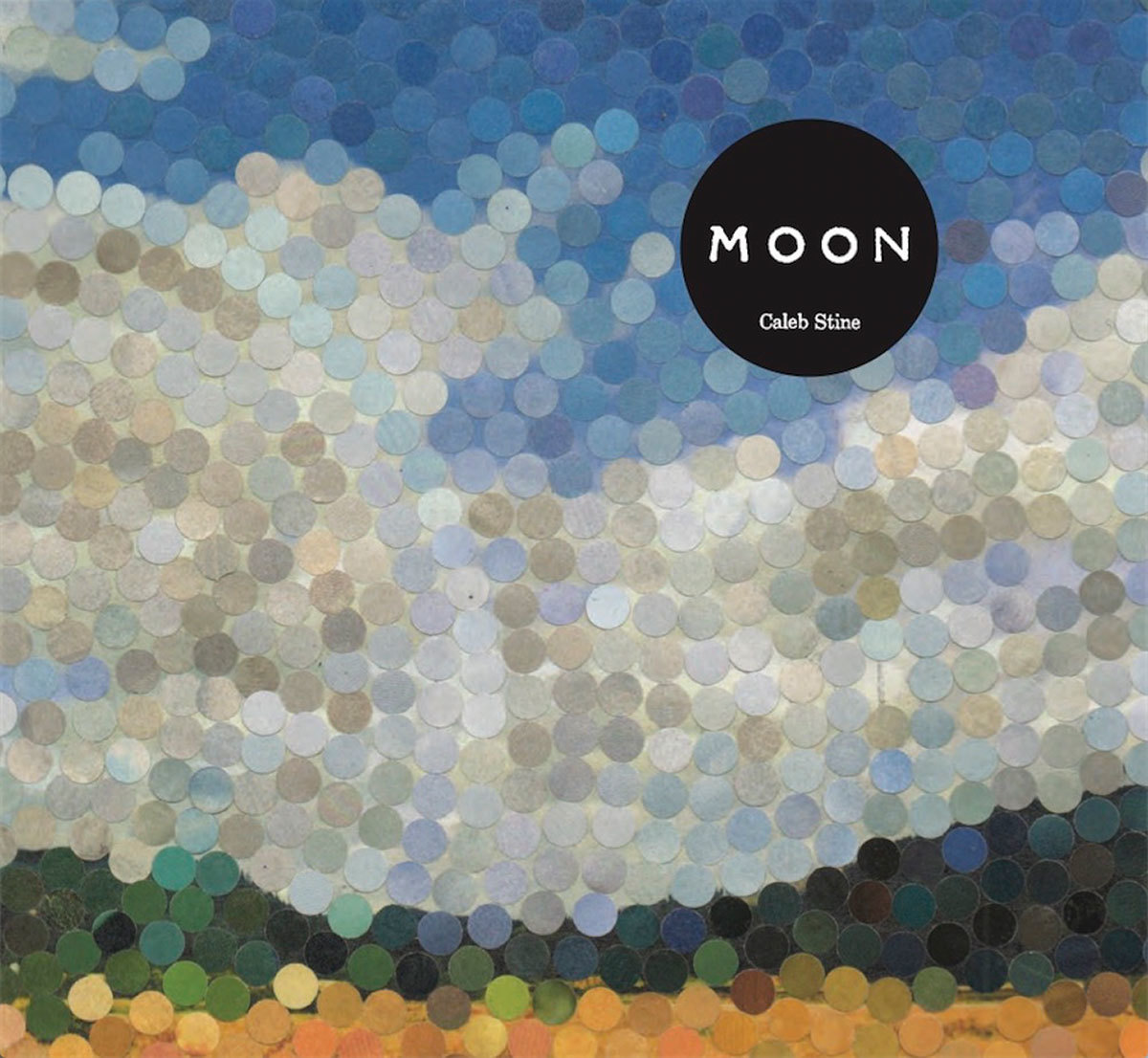Arts & Culture
Music Reviews: May 2018
The latest from Beach House and Caleb Stine.

Beach House
7 (Sub Pop Records)
For more than a decade, we’ve turned to Beach House for its moody, bewitching sound. Over the course of six evocative albums, the indie duo has perfected the hazy genre of dream-pop, featuring songs so full of shimmering synth and fuzzed-out guitar that they might just burst, like some faraway supernova. But all that has changed on the band’s aptly named seventh record. In some ways, the evolution is subtle—old trappings still linger, like Victoria Legrand’s hauntingly lush vocals and Alex Scally’s searing, slide-studded guitar. But as a whole, these 11 tracks are a seismic, shape-shifting rebirth for the veteran Baltimore band. Layers of glitchy electronic beats and thunderous live drums fuel a fiery new urgency, born in part out of the societal discord of 2016 and ’17, with some verses acutely ruminating on the roles and pressures put on women by society—to be perfect, to be loved. (See “L’Inconnue.”) There’s a push and pull to these melodies, but out of that tension, Beach House finds clarity. Long shrouded in a sort of melancholic mystery, their music steps out of the shadows and into the luminous possibilities that lie ahead.

Caleb Stine
Moon (Self Released)
With nearly two decades and more than 10 albums under his belt in Baltimore, Caleb Stine has become a sort of spirit guide for the local folk scene. A rustic raconteur, this Americana musician has spun yarns on religion, the road, and quests for truth, but this is his first record on the ground-shaking, all-consuming power of love. The eight-song ode explores the affection in all its forms, achieving an arc that spans from the dewy, infatuated days of adolescence (“My Oh My”) to the quiet, peaceful evenings of adulthood (“Garden”). His pure vocals and poetic verses act as the heartbeat, pushing forward sweet and simplistic arrangements that are fueled by the aching pang of acoustic guitar, plus a new infusion of female harmonies and soul-baring strings. But in seeking to unravel this multitudinous emotion, Stine’s mix of pretty ditties and almost devotional ballads reveals the ways in which love teaches us not just about love, but about ourselves: that it’s okay to need other people. That that is what makes us human. “Hollow,” with its saturated imagery unfolding like an old, burned-out film, might be Stine’s storytelling at its best. Grab a copy of this new album—in part for its accompanying coloring book.